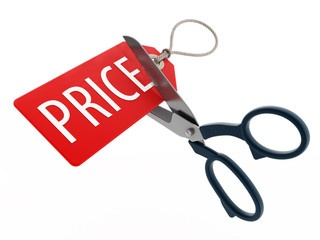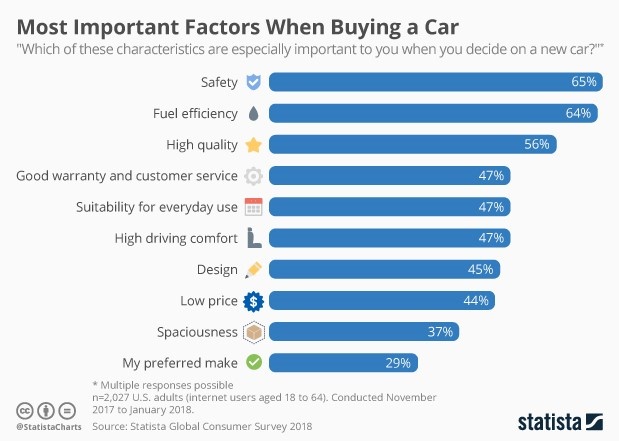At a very tactical level, one of the most important components of having strong Business Acumen  skills is the knowledge that price isn’t everything. As a matter of fact, price is only a small element of the complete value proposition your company is offering to your customers.
skills is the knowledge that price isn’t everything. As a matter of fact, price is only a small element of the complete value proposition your company is offering to your customers.
This week, I am traveling in the beautiful country of Tunisia delivering a Business Acumen session for one of our global clients. We are utilizing a customized business simulation that helps build advanced leadership skills with a focus on the skills needed to lead business units. During one of our simulation workshops, I conducted a micro-learning session on the components of the value proposition and how it’s too easy to get caught into the price trap. The reality of the conversation is that the business of the client I’m working with – and most of the clients we work with – is faced with an “Amazon-like” behemoth online competitor that has created incredible operational excellence through tools and systems that drive costs out of the customer experience and is disrupting all markets with better products at much lower prices. The mindset is to panic and try to cut costs so they can be more price competitive but we are training them to understand that is a huge mistake.
By way of example, I shared with the group an interesting graphic from the great people at Statista. This fascinating data illustrates that when consumers purchase cars, “Low Price” is the 8th most important decision-making criteria. Things such as safety, fuel efficiency, and quality are significantly more important that price.

To be very candid, as a Business Acumen training consultant who’s on the road working with clients 48 out of 52 weeks a year, not a week goes by where I don’t shake my head at the lack of foundational skills and the mindset most inexperienced business professionals have when it comes to thinking that if they are not competing on price, then they are not competing. Here are five key lessons I focus on when building these types of business acumen skills in our simulation-centric learning journeys:
Have a clear value proposition
You can’t be all things to all customers. The first rule of Business Acumen is having a clear and distinct value proposition where you either are the Best Product, Best Customer Service, or Best Operations. You can’t have three, and you can’t have two; pick the one that makes the most sense to the customers you focus on and then align your organization around the delivery of that value proposition.
Know who your customers are
Most businesses can’t deliver the same value proposition to multiple customer segments. You must define your specific customer segments and define them by some sort of definition such as demographics, buying styles, or group characteristics such as “Early Adopters.”
Understand the key drivers of decision making
Once you’ve identified your customer segments, it’s even more important to know (like in the car graphic) what your customers want and why they make decisions to purchase. If the #1 criteria for purchase is safety, then you need to make sure you are competitive in safety and making the right investments to be able to compete.
Execute
The hardest part of any business is executing the strategy. Doing the first three steps above is difficult; executing is even more difficult. But this is what leaders do! They execute the strategy through people by creating alignment, setting priorities, setting goals, and objectives, and giving feedback on how well execution is going.
Confirm and adapt
The final part of the process is confirming your strategy and adapting to changes in the business ecosystem as customers and competitors change the rules of the game. Great leaders are consistently scanning the ecosystem and doing whatever it takes to make sure the approach is still valid and customers are still buying.




